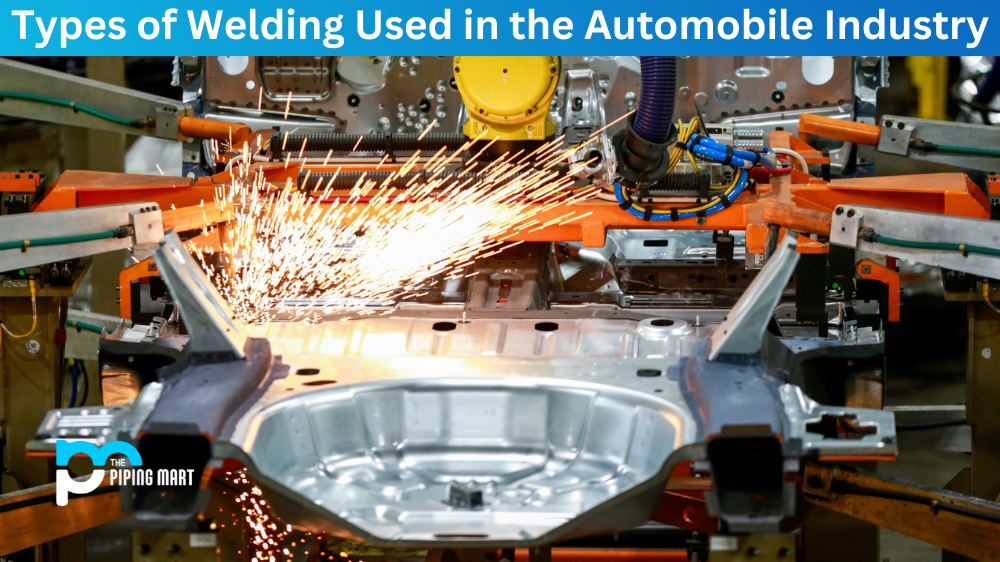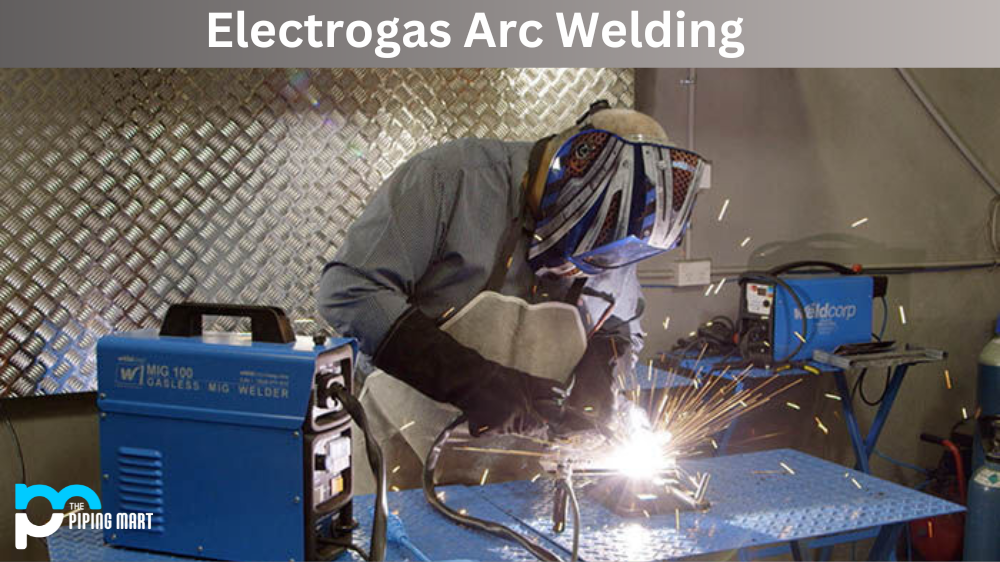Welding is an essential process in the automobile industry. It involves joining two or more metal parts into one. With the welding technique, the parts can withstand high pressure and vibration levels. But did you know that different welding processes are used in the automobile industry? Each type has its advantages and limitations. In this article, we’ll explore the different types of welding used in the automobile industry.
Gas Metal Arc Welding (GMAW)
Also known as Metal Inert Gas (MIG) welding, GMAW is one of the automobile industry’s most commonly used welding techniques. This process uses an electric arc to melt the metal to join the parts. A shielding gas – usually a mixture of carbon dioxide and argon – protects the weld from contamination. This welding technique is suitable for joining thin metal sheets of aluminium, magnesium, and steel.
Gas Tungsten Arc Welding (GTAW)
Also referred to as Tungsten Inert Gas (TIG) welding, GTAW is used to join challenging metals like stainless steel, aluminium, and magnesium. The technique uses a tungsten electrode to heat the metal join the parts. Like GMAW, a shielding gas protects the weld from contamination. This technique is known for producing precise and neat welds and is commonly used in automobile manufacturing.
Resistance Welding
Resistance welding is a technique that uses electricity to melt the metal parts to be joined. The details are then squeezed until the metal cools and solidifies, forming a weld. This method is suitable for joining sheet metals, wires, and flat pieces. It is also commonly used for joining parts in the automobile industry, including engine parts and body structures.
Laser Welding
Laser welding is a technique that uses high-powered lasers to melt the metal parts to join them. The heat generated by the laser melts the feedstock to join the pieces. The method is known for welding metals that would be difficult to weld with traditional methods like GTAW and GMAW. Laser welding is a relatively new technology mainly used to join ultra-thin metals in the automobile industry.
Friction Stir Welding (FSW)
Friction stir welding is a technique that uses friction and pressure to join metal parts together. The process involves pushing the two metal parts together and moving a rotating tool across the joint to generate the heat to melt the metal. The versatile technique can join metal alloys, including aluminium, magnesium, and titanium. FSW is commonly used for joining transmission parts, suspension systems, and other body parts.
Conclusion
In conclusion, welding is an essential process in the automobile industry, and different welding techniques have specific advantages and limitations. Understanding these techniques will help you make the right decision when choosing the welding process for automobile manufacturing. The type of welding technique you choose can also affect performance, durability, and safety. As the automobile manufacturing industry advances, welding techniques are advancing, providing higher-quality and more efficient welding solutions.

Hey, I’m Krutik, a casual blogger expert in the metal industry. I am passionate about providing valuable information to my readers. With a background in engineering and construction, I like playing Cricket & watching Netflix shows in my free time. Thank you for visiting my blog, and I hope you find my information helpful!




